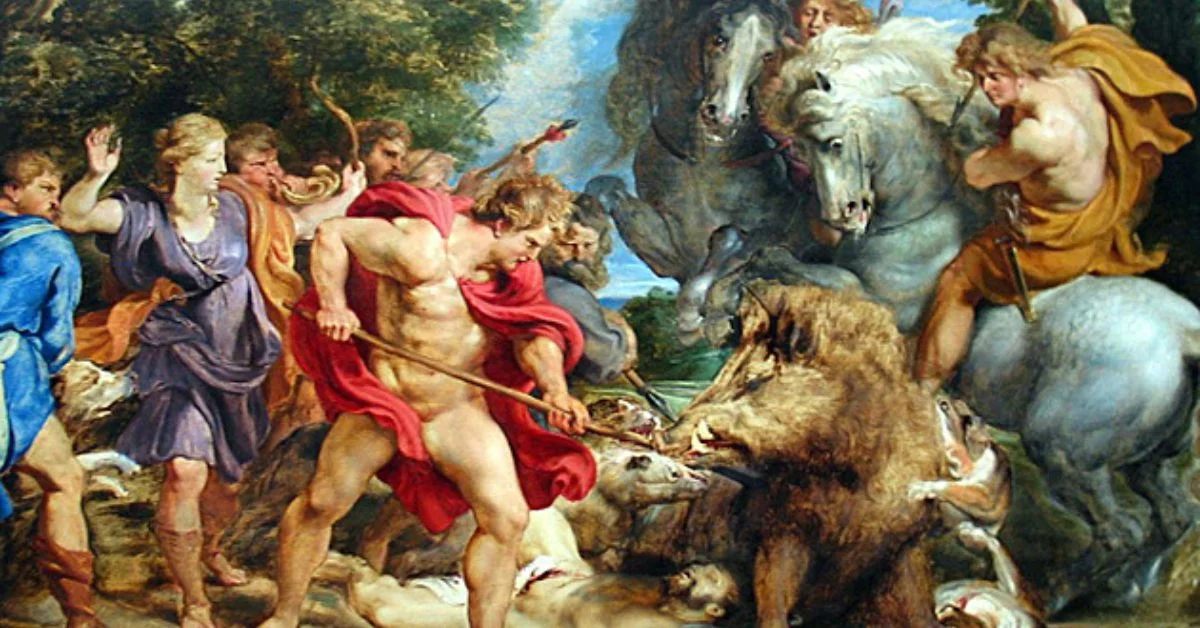Table of Contents
Historical Context
Peter Paul Rubens, a towering figure in the art world, is celebrated for his dynamic compositions, vibrant use of color, and profound exploration of human and natural themes across his extensive portfolio of oil paintings. Among these, “Boy with Bird” stands out as a captivating study of innocence and interaction with nature, distinct from the grand historical and mythological scenes often associated with Rubens. Created in the early 17th century, this work reflects the artist’s mastery in capturing the subtleties of human emotion and the delicate beauty of the natural world.
This period was marked by a burgeoning interest in the natural sciences and the study of the world, which found its way into the arts through detailed depictions of plants, animals, and landscapes. Rubens, with his keen observational skills and profound appreciation for nature, embraced these themes, infusing his works with a sense of life and immediacy. “Boy with Bird” is a testament to this interest, showcasing not only Rubens’ technical skill but also his ability to convey complex emotional narratives through simple, everyday scenes.
The Symbolism of Innocence and Nature
In “Boy with Bird”, Rubens explores the theme of innocence through the interaction between a young boy and a bird, capturing a moment of gentle curiosity and companionship that transcends the mundane. The painting, rich in symbolic meaning, suggests themes of innocence, purity, and the innate connection between humans and the natural world. The boy’s gentle hold on the bird, coupled with his attentive gaze, reflects a mutual trust and understanding, highlighting the harmony that can exist between humanity and nature.
This interaction can also be interpreted as a metaphor for the human condition, with the bird representing the freedom and fragility of life, and the boy embodying the human desire to connect with and understand the world around us. Rubens’ use of soft, natural lighting and the tranquil background further enhances the scene’s peaceful and contemplative mood, inviting viewers to reflect on their own relationship with the natural world.
Artistic Techniques and Viewer Engagement
Rubens’ mastery of oil painting is evident in “Boy with Bird”, where he employs a soft yet precise touch to bring the scene to life. His use of color, light, and shadow creates a sense of depth and texture, making the figures appear almost tangible. The composition of the painting, focused closely on the interaction between the boy and the bird, draws viewers into the intimate moment, fostering a sense of connection and empathy.
The painting’s impact on viewers is profound, transcending its visual beauty to evoke deeper reflections on the themes of innocence, nature, and the fleeting moments of connection that define our existence. Rubens’ ability to evoke such strong emotional responses is a hallmark of his genius, placing “Boy with Bird” among the masterpieces of European art that continue to resonate with audiences centuries after their creation.
Conclusion
“Innocence and Nature in Rubens’ Boy with Bird” serves as a poignant reminder of the enduring power of art to capture the beauty and complexity of the human experience. Through this work, Rubens invites us into a world where innocence and nature coexist in harmony, offering a moment of reflection and connection that stands in contrast to the often tumultuous relationship between humanity and the natural world. As we continue to navigate our place within this world, “Boy with Bird” remains a testament to the moments of simplicity and beauty that can be found in the everyday, highlighting Rubens’ unparalleled ability to convey the profound through the seemingly ordinary.










